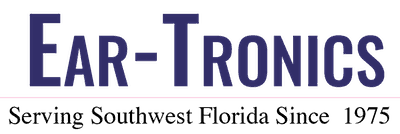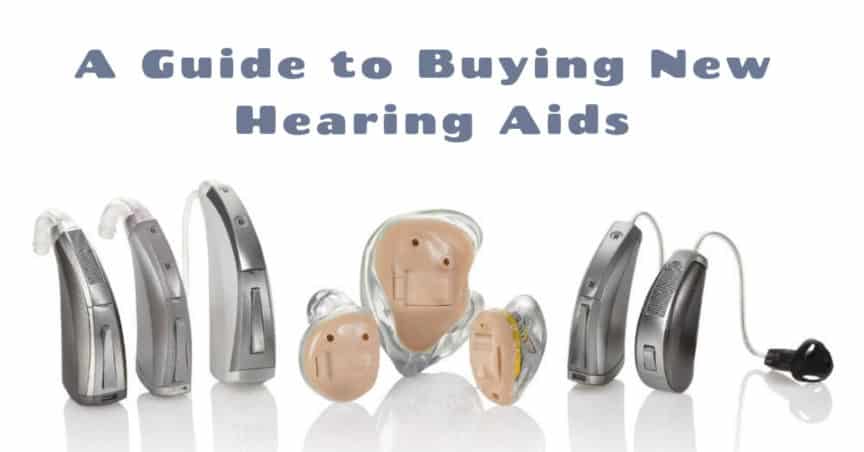Has a recent hearing test revealed that you have a hearing loss? The most common treatment for hearing loss is the use of hearing aids. If you’re in the market for hearing aids, we’re so glad you’re on the path to clear hearing! When it comes to buying new hearing aids, whether this is your first-time wearing hearing aids, or whether you’re upgrading your existing devices, finding the perfect pair can be a difficult task. Here are some guidelines when it comes to buying new hearing aids.

Ask for Help
Hard things are always easier with some help, so ask a loved one to help you make this important decision. Your loved one can accompany you to your consultations and appointments, and help you remember what’s been said. They’ll assist you in deciding what features are the most important for you, and help you feel confident in your decision. A second opinion, especially from a trusted source, will give you peace of mind, and having a trusted friend or family member to talk with will help you make up your mind when choosing between a couple of good options. If you haven’t had your hearing tested yet, ask your loved one to come with you to the appointment so they can hear about your hearing loss first hand, and meet our hearing health specialists.
Decide on Your Priorities
Hearing aids are as unique as the people who wear them, so choosing the perfect fit means that you need to take some time to decide on your priorities. With your loved one, talk about where you have the most difficulty hearing. Is it at the office or in a board meeting? Is it when you’re out for drinks with friends or in the backyard with the grandkids? Determine where you need the most help hearing, and this will help you pick the best programs and features for you.
Consider your lifestyle. Do you lead an active lifestyle and need a hearing aid that’s water resistant, or is covered in a strong coating that will protect your device from dirt, dust, or sweat? Do you have a quiet lifestyle, and need features that will help you hear in one-on-one conversations? Whatever your needs, there are hearing devices that will target those concerns, so take some time to decide on your priorities.
What Add-Ons Do You Want?
Modern hearing aids aren’t the clunky, overamplifying devices you might be picturing from 15 years ago. They’re sleek, sophisticated pieces of advanced technology, and they can do things you can’t even imagine. All hearing aids come with advanced features to help you follow conversations, such as directionality microphones, background noise reduction, and speech enhancement. These will help you hear in many of the daily situations where you need an extra boost.
Are you looking for the ultimate in connectivity? Some hearing aids are designed as Made for iPhone devices, and they’ll sync automatically with your phone, computer, or TV for effortless streaming. Phone calls, your favorite tunes and TV shows, and even driving directions can be played right in your ears so you’ll never struggle to hear again.
Do you attend a lot of conferences, or often find yourself straining to hear in auditoriums? T-Coil technology is available in many hearing devices, and these allow you to wirelessly tap in to the PA system in many auditoriums, lecture halls, and churches. You’ll hear clearly, and it will be as if the speaker is speaking directly into your ears.
Take some time to find out about all the add-ons and special programs that are available to you, and choose the technology that will help you the most.
Choosing the Right Provider
While the hearing device itself is important, finding the right provider is what will make your transition to hearing aids a smooth one. At Ear-Tonics, our team of hearing health specialists will work with you from day one to determine your level of hearing loss and hearing needs, and help you pick the perfect device that will fit seamlessly into your lifestyle and hearing needs. We’ll also be available for follow-up appointments, making sure your devices are working properly, and have a great fit. We’ll also help you learn more about your devices, how to adjust the settings, and make sure you get the most out of your hearing devices.

